Olive oil glistening on fresh bread, figs bursting with sweetness, and fish pulled straight from the sea—the daily meals of ancient Greeks were as rich in flavor as they were in history. Their diet wasn’t just about sustenance; it was a way of life, deeply connected to the land, the seasons, and even the gods.
These everyday ingredients shaped one of the world’s earliest food cultures, influencing how we eat even now. Here’s a look at 20 foods that filled ancient Greek tables, nourishing both body and mind.
1. Olives
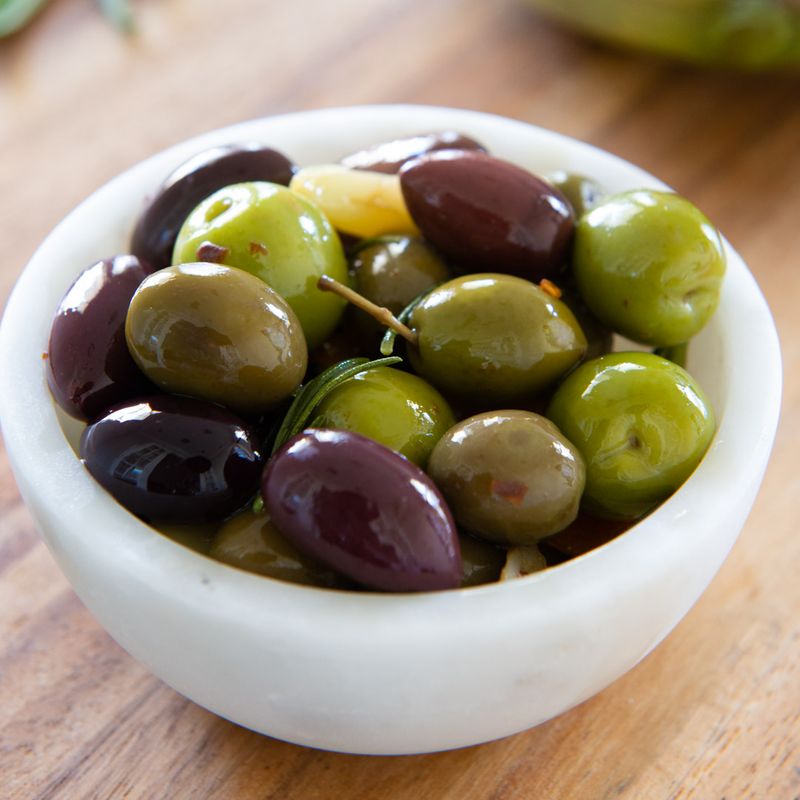
Olives weren’t just food—they were currency, medicine, and religious symbols rolled into one wrinkly package. Ancient Greeks munched these flavor bombs straight off the tree (after curing, of course) or pressed them into that liquid gold we know as olive oil.
Farmers cultivated dozens of varieties across the rocky Greek landscape, where olive trees thrived when other crops surrendered to the harsh Mediterranean climate. The average Greek consumed nearly 30 liters of olive oil yearly!
2. Bread
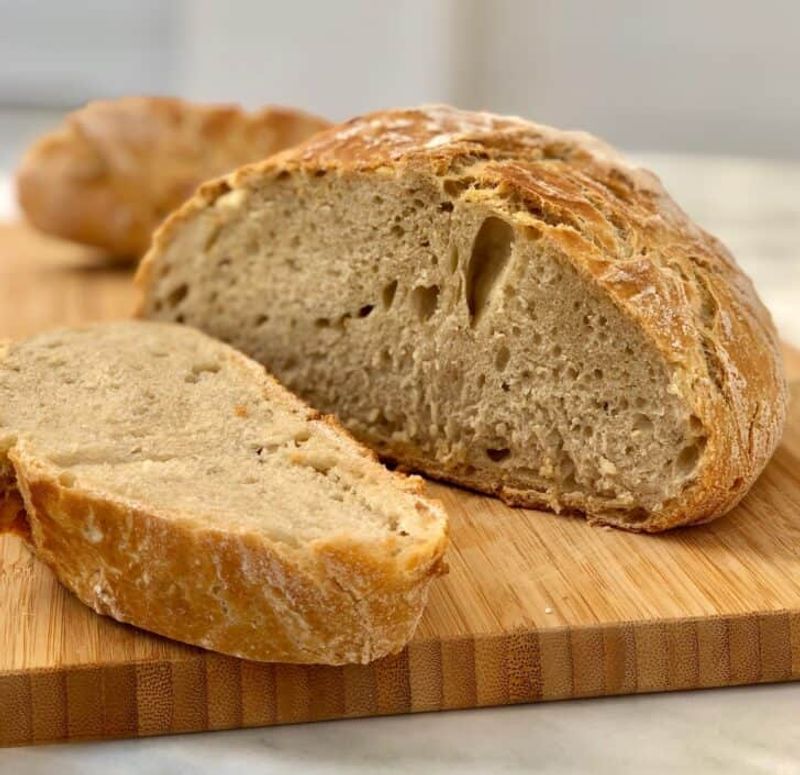
Forget your fancy sourdough Instagram posts—Greeks were bread influencers 2,500 years ago! Their daily loaves were typically barley-based (wheat was pricier) and often mixed with herbs, olives, or honey for the wealthy.
Bakeries pumped out fresh bread daily in city-states like Athens, filling narrow streets with aromas that would make any modern artisan baker weep with envy. The poor ate flat, dense barley cakes while aristocrats enjoyed fluffier wheat varieties.
3. Figs

Figs were so treasured in ancient Greece that exporting them was once forbidden by law! These sweet nuggets provided quick energy and natural sweetness in an era before processed sugar existed.
Athletes gorged on figs during training for the original Olympic games, believing they enhanced strength and stamina. Rich in natural sugars and fiber, they weren’t wrong! Greeks ate them fresh in summer or dried for year-round nutrition.
4. Chickpeas

Holy hummus history! Chickpeas fueled ancient Greek armies and laborers with plant-based protein centuries before it became trendy. These versatile legumes appeared in everything from simple boiled dishes to sophisticated mashed spreads seasoned with garlic and herbs.
Poor families relied on chickpeas as their primary protein when meat was unaffordable. Physicians prescribed chickpea-based remedies for digestive issues and inflammation—surprisingly aligned with modern nutritional science!
5. Lentils

Socrates and Plato might have debated life’s great questions over steaming bowls of lentil soup! These humble legumes were so common that Greek comedic playwrights mocked philosophers for their simple lentil-based diets.
Cheap, filling, and practically imperishable, lentils were the ultimate staple for everyone from slaves to soldiers. Greek cooks transformed these tiny nutritional powerhouses into thick stews flavored with vinegar, herbs, and occasionally small bits of salted fish.
6. Honey
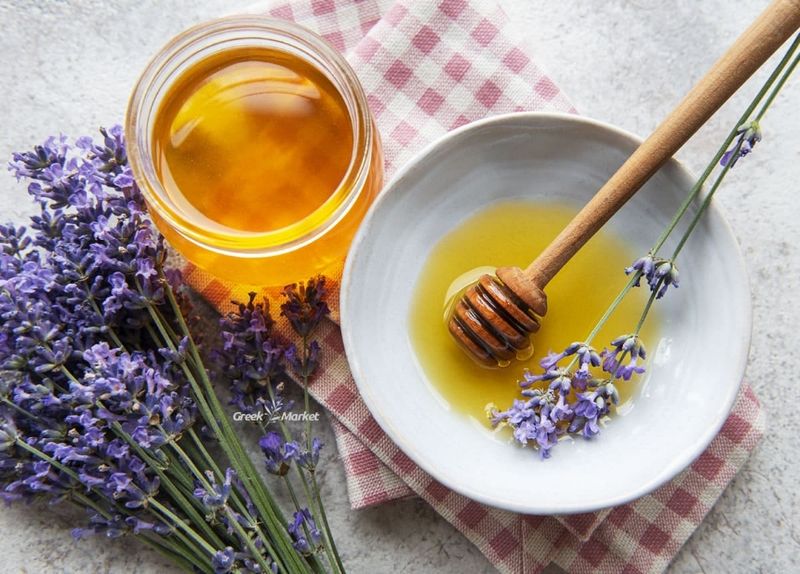
Sweet enough to be offered to Zeus himself! Honey wasn’t just a treat in ancient Greece—it was medicine, preservative, and sacred substance. Beekeeping was so sophisticated that clay hive designs from 1500 BCE remain virtually unchanged in traditional Greek apiaries today.
Greeks drizzled this amber nectar over fresh cheese, mixed it into wine (called melicraton), and used it to preserve fruits. When refined sugar was unknown, honey provided essential calories and energy during harsh winters.
7. Grapes And Wine
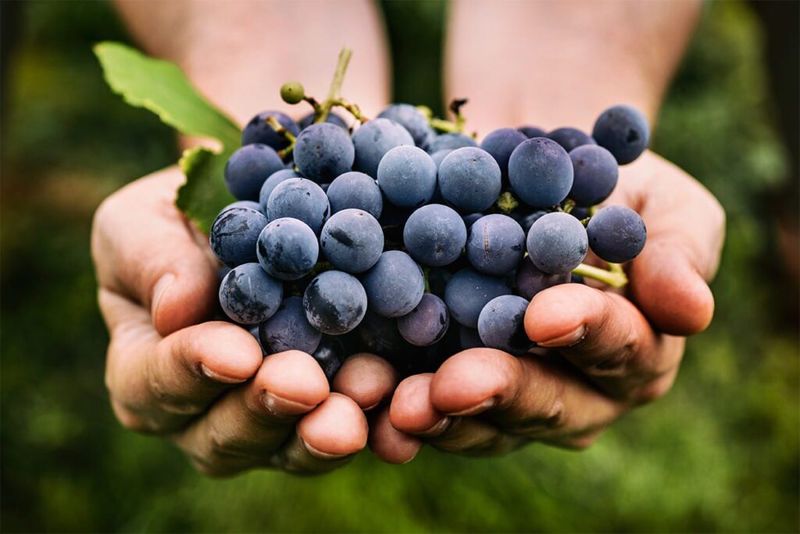
Grapes weren’t just for Dionysian festivities! These versatile fruits appeared on Greek tables fresh, dried as raisins, pressed into juice, or fermented into wine that flowed like water (but safer to drink!).
Greeks rarely consumed undiluted wine—they considered it barbaric and dangerous. Instead, they mixed wine with water in kraters (large vessels) at precisely calculated ratios depending on the occasion. Children and women typically enjoyed fresh grapes and diluted grape juice.
8. Cheese

The original Greek “fast food” wasn’t souvlaki—it was cheese! Made primarily from goat and sheep milk (rarely cow), Greek cheese production dates back over 4,000 years, with Homer’s Odyssey containing detailed cheese-making descriptions.
Fresh, soft varieties were everyday fare, while aged, harder cheeses became travel rations for sailors and soldiers. Farmers’ wives crafted distinctive regional varieties using techniques passed through generations, often incorporating local herbs or honey.
9. Onions And Garlic
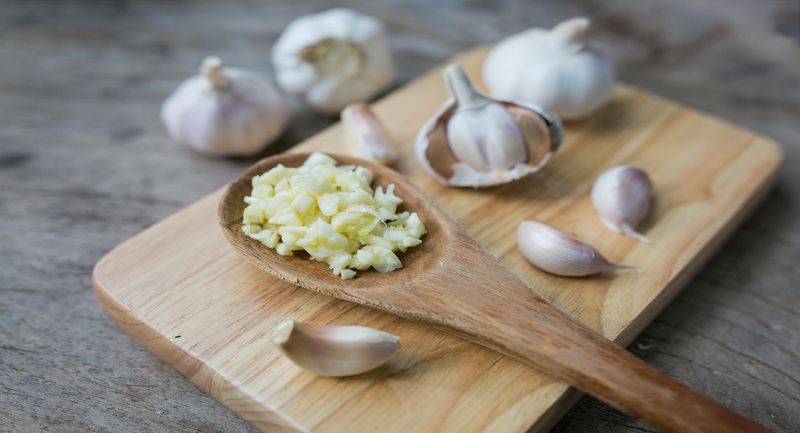
Stinky breath was a sign of a good Greek diet! Onions and garlic formed the aromatic backbone of ancient Greek cuisine, appearing in virtually every savory dish from simple peasant meals to elaborate symposium feasts.
Athletes devoured raw onions before competitions, believing they enhanced blood flow and strength. Soldiers carried garlic bulbs during campaigns as both food and medicine. These pungent staples were so valued that workers building the pyramids in nearby Egypt were partially paid in onions and garlic!
10. Beans
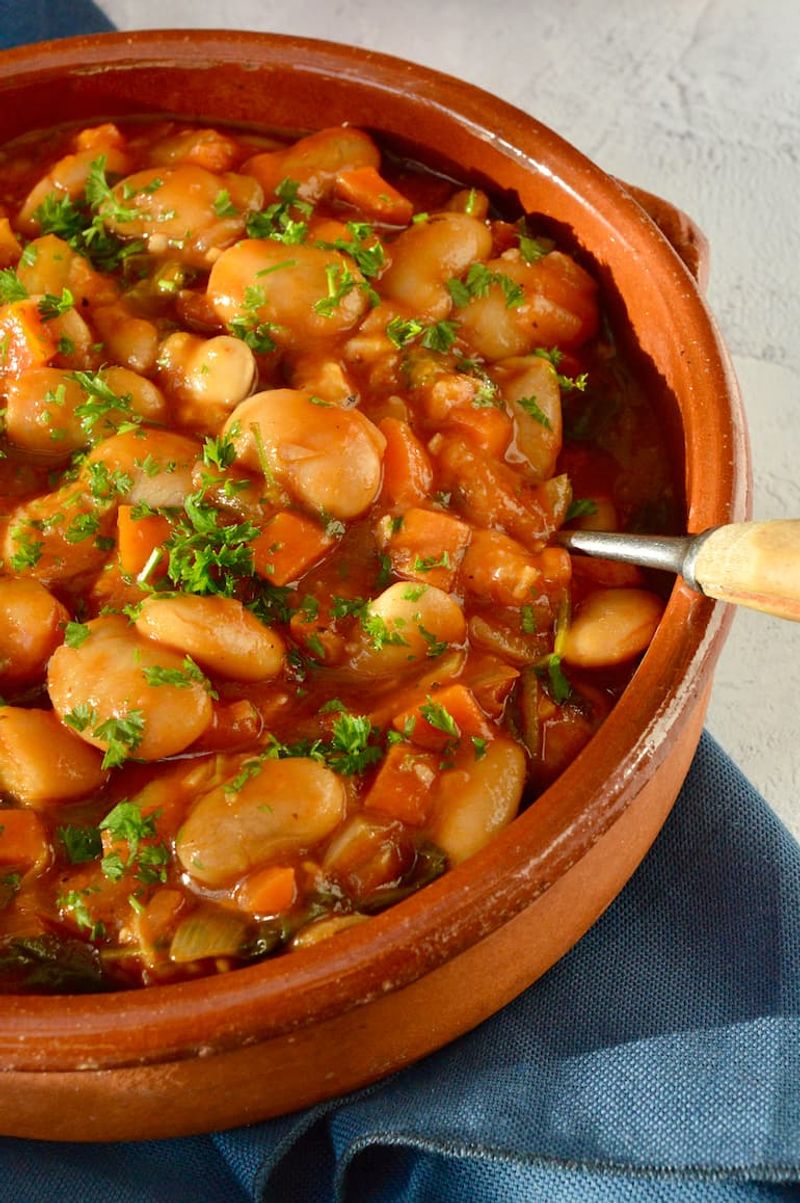
Beans caused such epic flatulence that Pythagoras allegedly banned his followers from eating them! Despite this gassy reputation, beans—particularly broad beans (fava) and chickpeas—were dietary cornerstones throughout ancient Greece.
Poor families relied on bean soups and stews as their primary protein source, often flavored with wild herbs and a precious drizzle of olive oil. Dried beans’ long shelf life made them essential winter sustenance when fresh foods became scarce.
11. Cabbage And Leafy Greens

Cabbage was the ancient Greek equivalent of modern superfood kale! Greeks consumed vast quantities of wild and cultivated greens—from cabbage and chard to wild dandelion and purslane gathered from hillsides.
These leafy vegetables appeared in simple boiled dishes dressed with olive oil and vinegar or wrapped around meat and grain fillings. Hippocrates, the father of medicine, prescribed specific greens for different ailments—cabbage for digestive issues and wild greens for blood purification.
12. Barley
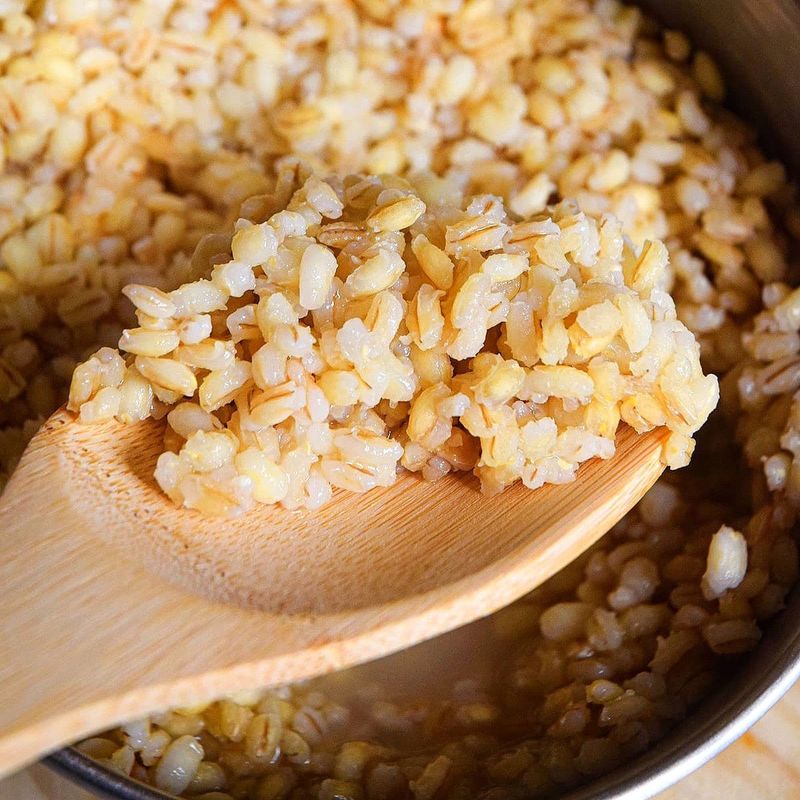
Before wheat became fashionable, barley ruled Greek fields and kitchens! This hardy grain thrived in Greece’s challenging soil and climate when other crops failed, becoming the foundation of most citizens’ daily calories.
The iconic Greek dish “maza” consisted of barley flour mixed with olive oil, herbs, and sometimes cheese—ancient Greece’s equivalent of everyday bread. Soldiers carried barley meal as field rations, adding water to create instant sustenance during campaigns.
13. Fish
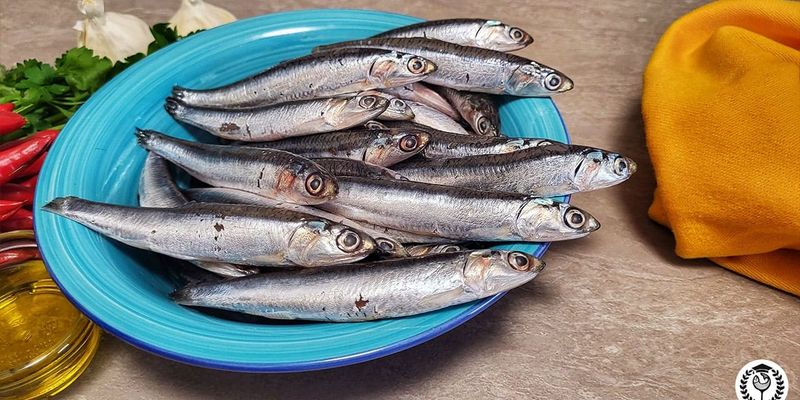
Surrounded by water on three sides, ancient Greeks had fish swimming into their cuisine from every direction! Fresh fish was a luxury for those living near coasts, while preserved varieties reached inland communities.
Wealthy Greeks feasted on prized sea bass and red mullet, while commoners made do with smaller species like sardines and anchovies. Fish sauce (garum)—a pungent fermented condiment—seasoned everything from vegetables to grains, adding savory umami flavor and valuable protein.
14. Fruits
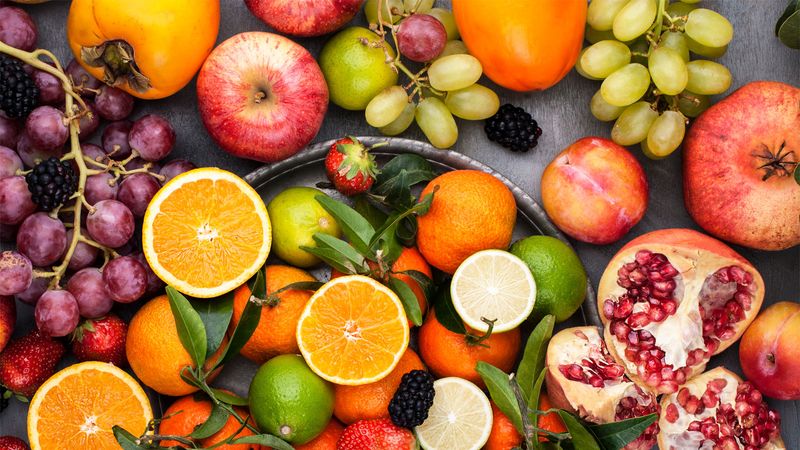
Forget boring fruit bowls—ancient Greeks enjoyed a cornucopia of seasonal delights! Beyond the famous figs and grapes, they savored pomegranates (associated with Persephone and fertility), apples, pears, and quinces.
Fresh fruit was seasonal celebration food, while dried varieties provided crucial winter nutrition. Wealthy households preserved fruits in honey, while common folk dried them in the Mediterranean sun. Children snacked on wild berries and fruit leather—natural treats in an era before processed sugar.
15. Nuts

Almonds, walnuts, and chestnuts weren’t just snacks—they were survival food! These calorie-dense nuggets provided crucial protein and fat in the sometimes sparse Greek diet, especially during winter months.
Travelers carried nut mixtures on journeys, while soldiers stashed them for battlefield energy. Greek bakers incorporated crushed nuts into honey-sweetened desserts for special occasions and religious offerings. The wealthy enjoyed imported pistachios from Persian trade routes.
16. Eggs

The humble egg—nature’s perfect protein package—graced Greek tables from peasant huts to marble palaces! Chicken eggs were most common, but adventurous Greeks also consumed quail, duck, and even pheasant eggs when available.
Eggs rarely starred as main dishes; instead, they enriched barley cakes, thickened sauces, and complemented vegetables. Skilled cooks developed techniques for soft-boiling eggs in hot springs or ash—the original sous vide cooking!
17. Goat And Sheep Meat
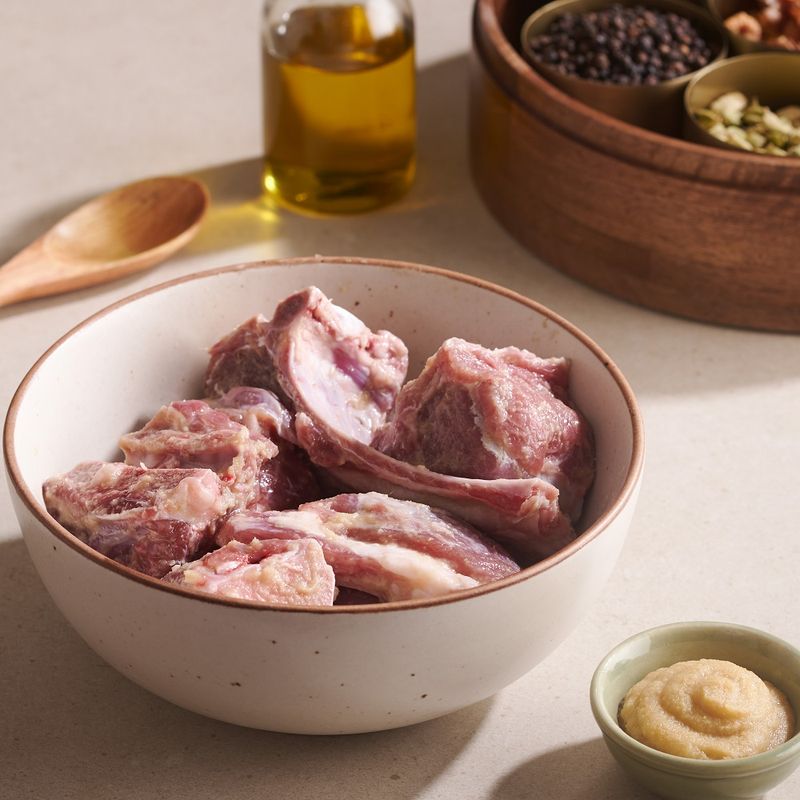
Forget daily steaks—meat was festival food for most ancient Greeks! Goat and sheep were too valuable for their milk, wool, and labor to end up as regular dinner fare except during religious sacrifices and special occasions.
When Greeks did enjoy meat, they wasted nothing. Blood became sausage, organs were considered delicacies, and even hooves found purpose in stocks and stews. The famous Greek souvlaki has ancient roots in simple skewered meat cooked over open flames during festivals.
18. Porridge

Before Instagram-worthy breakfast bowls, ancient Greeks kicked off their days with hearty grain porridges! These morning meals—typically barley-based with additions like olive oil, honey, or dried fruits—fueled everything from philosophical debates to Olympic training.
Simple cooking techniques involved boiling cracked grains in water or milk until soft, then flavoring with whatever was seasonally available. Poor families might add foraged herbs and nuts, while wealthy households incorporated exotic imported spices and fruits.
19. Vegetables
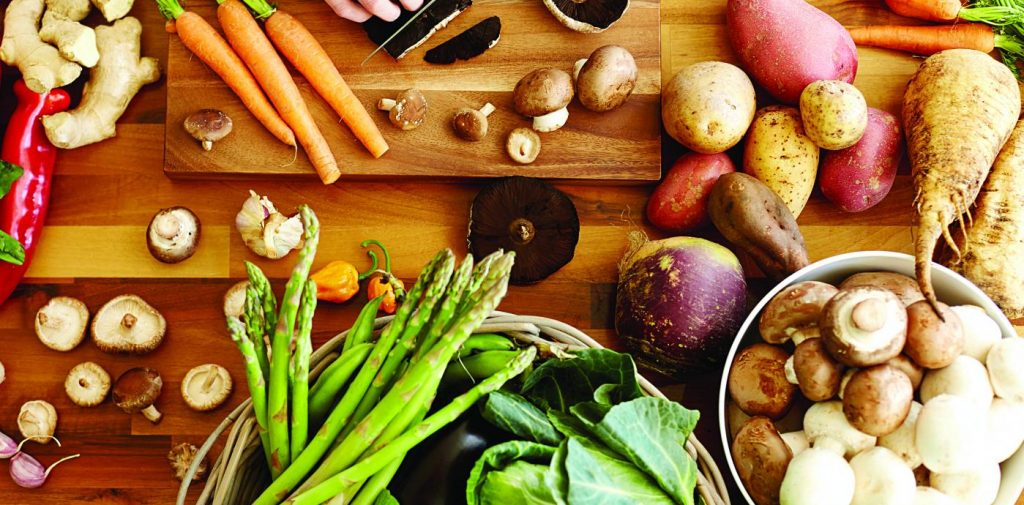
Ancient Greeks ate the rainbow long before modern nutrition gurus made it cool! Beyond leafy greens, their vegetable repertoire included artichokes, asparagus, carrots, radishes, turnips, and the humble but versatile onion family.
Most vegetables appeared simply prepared—boiled and dressed with olive oil, vinegar, and herbs. Greeks mastered preservation techniques including pickling, drying, and salt-brining to enjoy these nutritional powerhouses year-round.
20. Yogurt
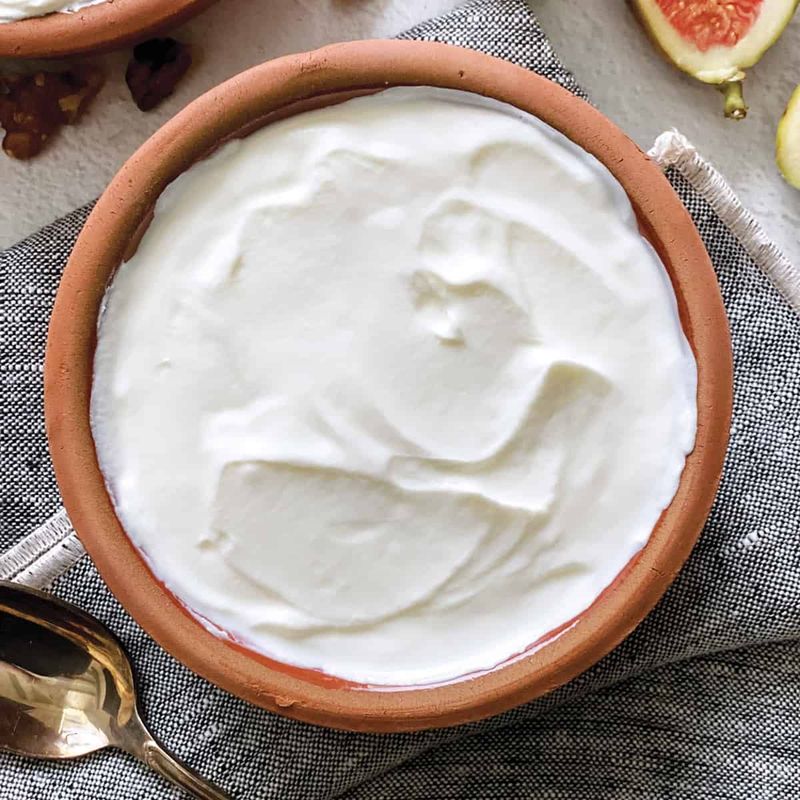
Centuries before yogurt got fancy packaging and marketing campaigns, ancient Greeks were fermenting sheep and goat milk into tangy, protein-rich yogurt! This dairy staple provided crucial protein and beneficial bacteria long before anyone understood probiotics.
Greek shepherds discovered yogurt’s natural preservative qualities by accident—milk carried in animal stomach bags contained enzymes that triggered fermentation. Women developed techniques to control this process, creating consistent products with honey, fruits, or herbs added for flavor.

